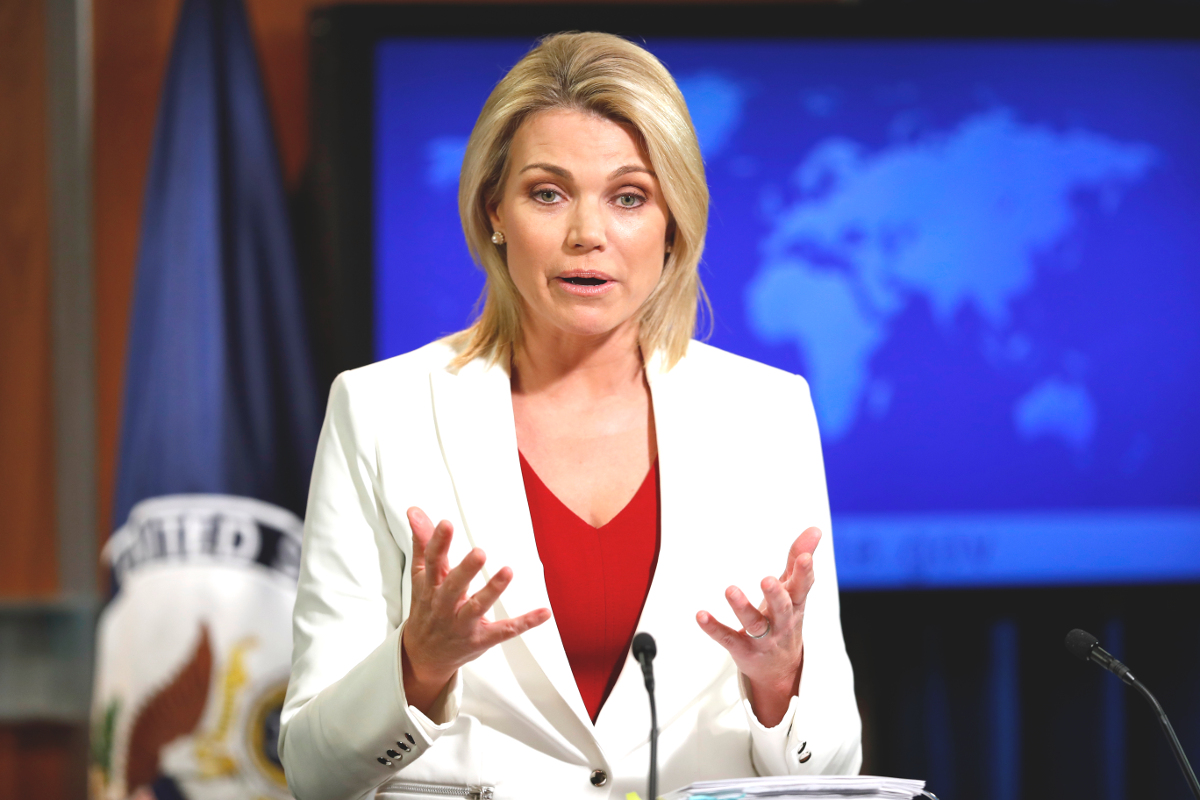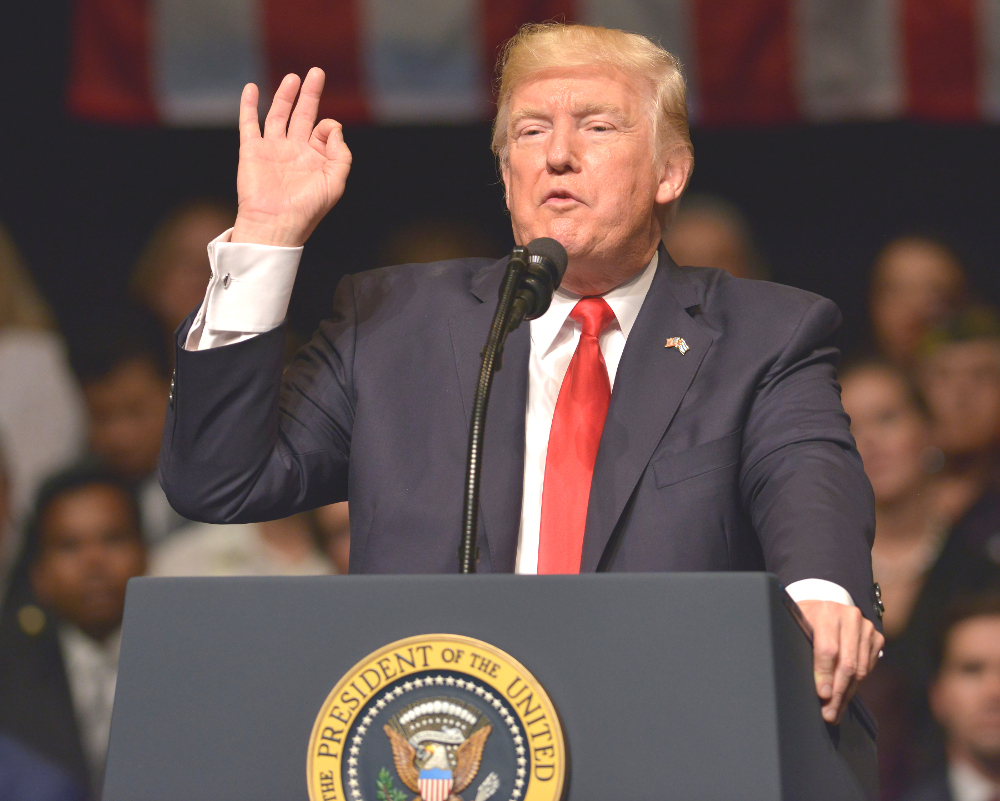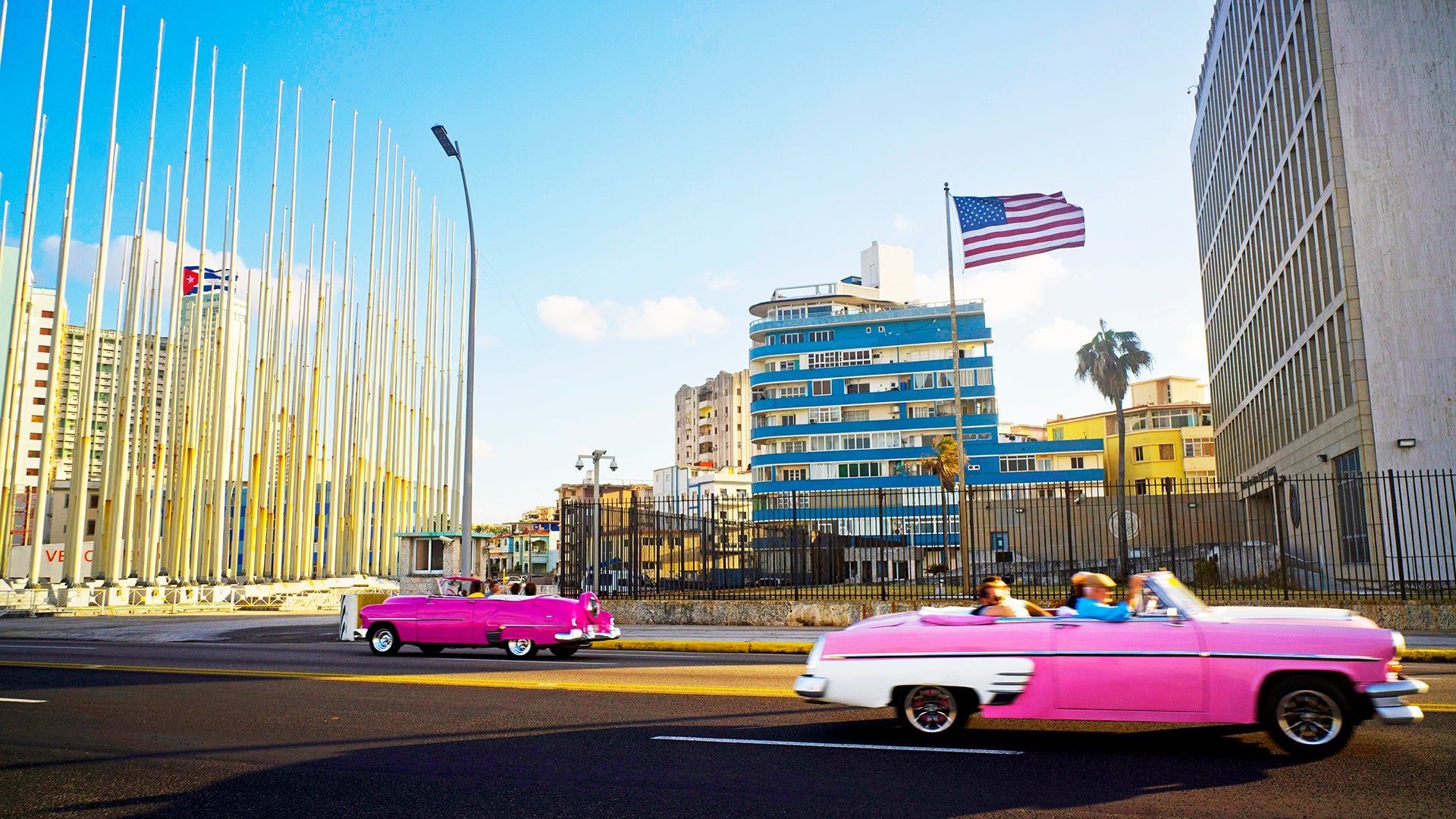An odd diplomatic spat has erupted between the United States and Cuba in response to a series of bizarre incidents where members of the American diplomatic staff at the U.S. Embassy in Havana were reportedly subjected to sonic attacks. More mysteriously, neither the U.S. government nor their Cuban counterparts say, on or off the record, that they know who is responsible, how the auditory assault was launched specifically, or most importantly why it was executed in the first place.
On Aug. 9, 2017, U.S. State Department spokesperson Heather Nauert confirmed that the United States had kicked out two Cuban diplomatic staff members in retaliation for the apparent attacks more than two months earlier. She refused to describe the incidents in any details, saying only that they had “caused a variety of physical symptoms.”
“We don’t have any definitive answers about the source or the cause of what we consider to be incidents,” Nauert added. “We’re taking that situation seriously and it’s under investigation right now.”
According to a report by The Associated Press, citing multiple unnamed sources, the sonic barrage began in late 2016 and an initial investigation subsequently determined an “advanced device that operated outside the range of audible sound” pointed a diplomatic residences was most likely the source of the issue. Five members of the American diplomatic staff in Cuba reportedly suffered various symptoms as a result.

The harassment was so severe that some of them suffered “severe” hearing loss, in one case causing apparently permanent damage requiring the individual to use a hearing aid. Some even canceled their tours of duty early and returned to the United States.
“We have provided medical care and medical treatment and screening to our Americans who have asked for that,” Nauert said during another daily press briefing on Aug. 10, 2017, again declining to provide additional details about the attacks or symptoms. “We don’t have all the answers yet.”
The Federal Bureau of Investigation and the State Department’s Diplomatic Security Service were conducting the American investigation. Its unclear how long they’ve been looking into the issue.
“You have that ailment; you maybe decide to put it off for a while, get medical treatment, maybe not. Okay?” Nauert added. “Some of these things take time to investigate, in particular ones that are – people aren’t certain what has caused them.”

Cuban authorities had issued their own statement on Aug. 9, saying the U.S. government had made them aware of the issue in February 2017 and that they were looking into the matter themselves. After learning about the incidents, Cuba stepped up its own security presence around the U.S. Embassy, but, insisting it was not behind the attacks, said the United States’ decision to retaliate by expelling its diplomats was “unjustified and baseless.” The State Department’s position was that the Cuban government still bore responsibility for guaranteeing the basic safety of foreign, accredited diplomatic staff per the Vienna Convention.
“Cuba has never permitted, nor will permit, that Cuban territory be used for any action against accredited diplomatic officials or their families, with no exception,” the country’s Ministry of Foreign Affairs declared, suggesting its position was that the attack was the work of a third party. As such, there would be an “exhaustive, high-priority, urgent investigation at the behest of the highest level of the Cuban government.”
Then, on Aug. 10, 2017, Brianne Maxwell, a Canadian government spokeswoman for global affairs, told The Associated Press that members of Canada’s diplomatic staff in Cuba had suffered their own “unusual symptoms,” though she too declined to offer additional information about the ailments. Maxwell said Canadian authorities were working with their American and Cuban counterparts to investigate the incidents.
The same day, additional unnamed sources told CNN that the attacks had stopped for the time being. But, on and off the record, no one would or could say with any certainty what had actually been going on.

Now, while we don’t know for sure what happened, the basic idea of a sonic attack is hardly out of the realm of possibility. For more than a decade, military, police, and private security forces have employed so-called “acoustic hailing devices” to broadcast alerts and warning sounds over long distances or disperse crowds with painful or disorienting noise. Various companies build these systems, with the most well known being LRAD Corporation’s Long Range Acoustic Device.
There are also been readily available commercial “audio spotlights” that can focus sound waves on very specific points. This technology uses “ultrasound” frequencies that are inaudible to the human ear.

So, it’s not hard to imagine a smaller and more efficient variation on these systems, or some other advanced derivative based on similar principles, tuned to emit sound waves either above or below the normal range of what a human being can hear. Given that device caused someone to go nearly deaf, but have an apparently limited area of effect, it seems probably that we’re looking at an exotic weapon we’ve never seen before in action.
The bigger question then is who was responsible and why they apparently targeted American and Canadian diplomats specifically. One source told CNN that American investigators were looking into the possibility that a third party was looking “drive a wedge between the U.S. and Cuba” in retaliation for some other American policy or activity, suggesting that U.S. officials were at least willing to entertain the possibility Cuban authorities were not involved.
The Russians would be the most obvious actor in this case. After decades of strained relations, the United States formally reestablished diplomatic ties with Cuba on July 20, 2015, and subsequently re-opened an Embassy in Havana that year. Russia, one of Cuba’s most important political and economic partners, could have perceived this as a threat to its own relationship with the country and its ability to continue operating strategic military and intelligence facilities there, including a Soviet-era signals intelligence outpost that restarted operations in 2014.
It’s unclear then, why any such attackers would target the Canadians, who have had uninterrupted relations with Cuba since 1945, as well. Canada did help negotiate the reopening of diplomatic relations between the United States and Cuba, though, and attacking their diplomats could simply have been to mask the true nature of the operation.

On top of that, another anonymous individual rightly pointed out to CNN that it would be extremely difficult for foreign agents to operate without at least the tacit consent of the Cuban government given the country’s robust police state. Cuba is notorious for heavily monitoring any and all activities within its borders in order to silence dissent against its Communist regime.
“Specialized units of the ministry’s state security branch are responsible for monitoring, infiltrating, and suppressing independent political activity,” the State Department wrote in the chapter on Cuba in its 2016 report on the state of human rights around the world. “The police supported state security agents by carrying out house searches, arresting persons of interest to the ministry, and providing interrogation facilities.”
So, there is another possibility that, depending on when the attacks began in 2016, Cuban authorities could have launched the attacks themselves in response to Donald Trump’s election victory. On the campaign trail, Trump had threatened to cut diplomatic ties again or at least reinstate various economic restrictions.

“Effective immediately, I am canceling the last administration’s completely one-sided deal with Cuba,” Trump told a crowd in Miami, Florida’s Little Havana district, in June 2017. Despite those comments, the policy changes will take time to fully implement.
But if the Cuban government were responsible directly and in response to Trump, it begs the question of why the attacks stopped even before he made his policy pronouncements months later. Since this capability is likely relatively new, this could just be first we’re seeing of it.
Whatever is going on in Cuba, the U.S. government has made it clear that it believes the situation is too serious to dismiss as some odd confluence of benign factors. Hopefully, American officials will release more detailed information once they wrap up their investigations.
Contact the author: joe@thedrive.com
